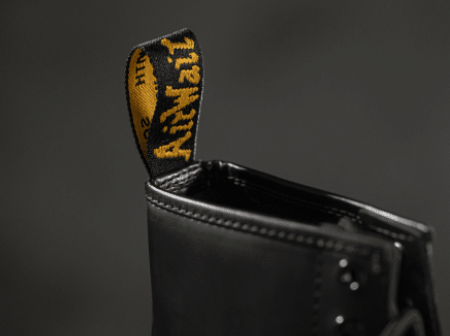2023 Share buyback programme
On 1 June 2023 we announced our intention to launch an initial share buyback programme of up to £50m.
The (then) proposed share buyback programme ('the Programme') was subject to the Company receiving the necessary authorities from shareholders at the AGM, which took place on 13 July 2023. With all resolutions proposed at the AGM having been passed, we announced the commencement of the Programme on 14 July 2023. The sole purpose of the Programme was to reduce the Company's issued share capital and all shares repurchased through the Programme were subsequently cancelled.
The Company entered into an agreement with Morgan Stanley & Co. International plc ('Morgan Stanley') to conduct the Programme on our behalf and to make trading decisions under the Programme independently of the Company. Under the terms of the Programme, the maximum consideration was £50m. The Programme formally commenced on 14 July 2023 and ended on 15 December 2023, which was the date on which the total Sterling purchase price of all shares purchased by Morgan Stanley came as close as possible to £50m.
Full detail of all transactions that took place over the course of the Programme are provided below.
What is a share buyback?
Put simply, a share buyback is when a company purchases its own shares back from its shareholders. It is a method of returning surplus capital to shareholders whereby a company reduces the total quantity of shares it has in issue by buying them back and cancelling them. This has the effect of increasing the proportion of the total issued share capital owned by shareholders who retain their shares.
How do I participate in the share buyback programme?
A share buyback programme does not involve companies buying shares from individual shareholders, regardless of the size of their shareholdings. Dr. Martens has an agreement in place with its brokers under which they purchase shares in a controlled manner on our behalf, on the open market. Once the shares have been bought back, they are cancelled by the Company. Any investor wishing to sell their shares should continue to do so on the open market.
How does a share buyback benefit shareholders?
Share buybacks benefit shareholders in a number of ways:
- A share buyback programme generates shareholder value since the portion of a company's distributable reserves that it uses to buy back the shares can, depending on market conditions, have a positive impact on its share price. While the company's overall value does not change as a result of a share buyback, the supply of shares available for purchase by investors is reduced. This will, under normal market conditions, generally cause the share price to increase.
- Shareholders who retain their shares during a buyback programme do not receive a direct return of cash, therefore there is no tax to pay.
- Share buybacks have a positive impact on a company's earnings per share (EPS), since the reduction in the quantity of outstanding shares results in remaining shareholders receiving a greater share of its profits. In other words, the same earnings are divided among a reduced number of shares, increasing the EPS.
Can you provide an example of how this works?
You purchase 100 shares in a company on the open market. The company has 1,000 shares in issue, so your stake is 10%. The company announces its intention to buy back 10% of its shares, bringing its total number of shares in issue down to 900. Following this reduction you still own 100 shares, however your stake in the company will have risen by 1.11% to 11.11%.
Why have you opted for a share buyback programme over a special dividend?
As a listed company, Dr. Martens has a varied investor base with differing priorities and preferences, including in relation to shareholder distribution methods. Some prefer to have funds returned to them through the direct cash payments offered by dividends, while others prefer to remain invested in Dr. Martens. Companies can therefore choose to make use of a combination of dividends and share buybacks to provide a more balanced approach to capital allocation.
The buyback programme the Company is undertaking is in addition to our regular cycle of dividend payments. The Board's dividend policy targets a payout of 25% to 35% of earnings, with payments intended to be made twice a year following the normal in-year trading profile.
A schedule detailing all transactions executed throughout the duration of the Programme can be accessed via the link below.
Schedule of transactions (July - December 2023)



